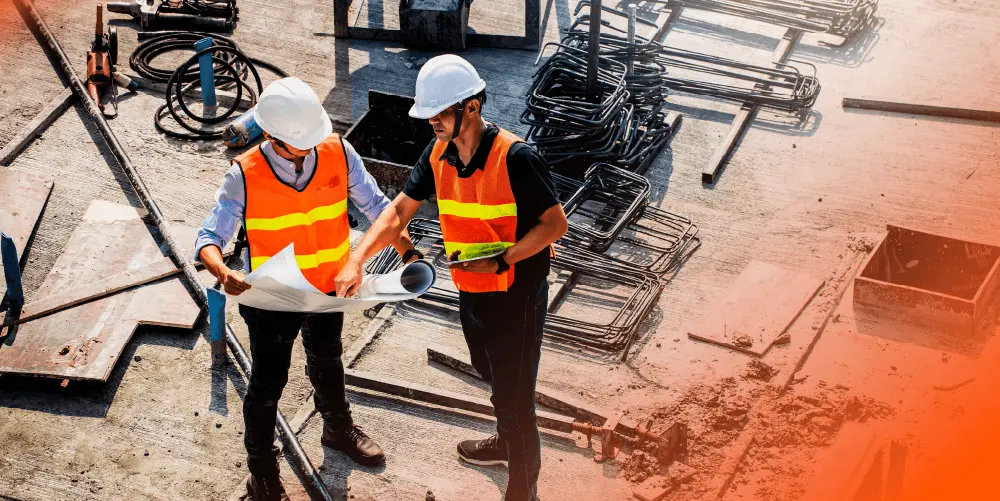EPC: Definition, Functions, and Process in Projects
EPC stands for Engineering, Procurement, and Construction, a project management method commonly used in industries such as oil and gas, energy, and infrastructure. An EPC contractor is responsible for handling the complete lifecycle of a project, including engineering, procurement of materials, and construction, ensuring the project is delivered on time and within budget.
In this article, we’ll explore what EPC is, its key functions, and the important phases involved in its execution. Additionally, we’ll discuss some common field challenges and how to address them effectively.

What is EPC?
EPC is a project delivery model where a single entity, often known as the EPC contractor, takes full responsibility for the entire project lifecycle, from design and engineering to procurement and construction. This model ensures that the project is completed according to the agreed specifications, within the set timeline, and budget constraints.
This method is frequently used for large and complex projects where seamless coordination between design, procurement, and construction phases is crucial.
Functions of EPC in Projects
The role of EPC is crucial for the success of large-scale projects. Here are some key functions:
- Engineering: The EPC contractor develops detailed technical designs according to the project’s requirements.
- Procurement: Once the design is approved, the contractor handles the procurement of materials, equipment, and workforce needed for construction.
- Construction: The contractor oversees the physical construction, ensuring that all aspects are executed as planned.
The main advantage of EPC is the streamlined integration between design, procurement, and construction, reducing risks of delays and discrepancies in the project.

Key Processes in EPC
The main phases in an EPC project include:
- Engineering and Design: The first step is creating a design that meets the project owner’s specifications and needs. The engineering team works to find optimal technical solutions.
- Procurement of Materials and Equipment: After the design is finalized, the procurement process begins, which involves acquiring materials, equipment, and other necessary resources for construction.
- Construction Execution: Once materials are in place, the physical construction starts. The contractor is responsible for coordinating labor, safety measures, and ensuring high-quality work.
- Testing and Commissioning: After construction, the project undergoes a testing phase to ensure all systems function properly before handover to the owner.
Common Field Challenges and Initial Handling
EPC projects often face several field challenges, including:
- Material Procurement Delays: Procurement delays due to logistics or vendor issues are common. The initial step to mitigate this is to maintain strong communication with suppliers and have alternative materials ready if possible.
- Construction Issues On-Site: Challenges such as bad weather, technical issues, or labor shortages can disrupt the construction process. Early actions include adjusting the work schedule, improving coordination, and ensuring safety protocols are followed.
- Design and Construction Mismatches: Discrepancies between design and actual construction can arise. The solution involves revising the design accordingly and ensuring rapid communication between the engineering and construction teams.
Conclusion
EPC is a comprehensive project delivery model that ensures efficient project completion from design to construction. Understanding its functions, processes, and common challenges can help project owners ensure the project runs smoothly. If you need a reliable partner for handling EPC projects, SSC Works brings the experience and expertise necessary to deliver large-scale projects successfully.

